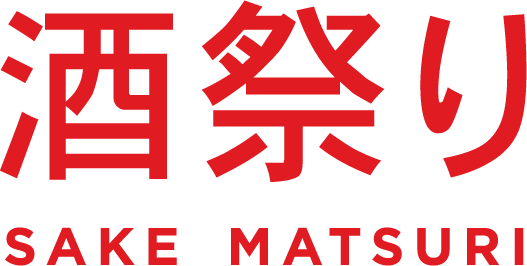Another sake importer who’ll be at SAKE MATSURI is Yukino Ochiai from Deja Vu Sake. Yukino was the first certified Sake educator in Australia, and has been importing sake from Japan for the past two years. Get to know her here.
Tell us about yourself. How did you get into sake?
My memories of sake are always associated with my grandmother. She liked sake at dinner time, and whenever our family get together, there are always sake bottles in the kitchen. We serve some as cold and some as warm sake. Lots of nice memories, I have with sake.
Tell us about your importing business. Which styles, producers, regions, etc. do you seem to focus on?
We started Deja vu Sake Co in 2012. I had been working in the Australian wine industry to look after the Asian market. My husband Andrew Cameron came to Japan with me many times and we started to talk about bringing sake to Australia. Andrew in particular thought sake was such a treasure from Japan, and wanted to introduce it to Australian consumers. We love to see Australian smiles when they taste sake for the first time. It makes me very happy to make people happy with the drink from my country.
We started our sake business with five family-owned and well-established brands: Amanoto (Akita prefecture, est. 1917), Dewazakura (Yamagata prefecture, est. 1892), Yoshinogawa (Niigata prefecture, est. 1548), Houraisen (Aichi prefecture, est. 1864) and Tengumai (Ishikawa prefecture, est.1823). Our focus is each sake brewery’s house style, regional differences and history.
What are the different styles of sake?
- Daiginjo – rice is polished down to 50% or less, add small amount of distilled alcohol for technical reason (make sake lighter and aromatic)
- Ginjo – rice is polished down to 60% or less, add small amount of distilled alcohol for technical reason (make sake lighter and aromatic)
- Junmai Daiginjo – rice is polished down to 50% or less, no add small amount of distilled alcohol
- Junmai Ginjo – rice is polished down to 60% or less, no add small amount of distilled alcohol
- Junmai – any sake produced only with rice, water, koji mold, and yeast (without added ethyl alcohol in Aru-ten sake, or non Junmai)
- Honjozo – rice is polished down to 70% or less, add small amount of distilled alcohol for technical reason (make sake lighter and aromatic)
Which style is your favourite? Why? Do you have a favourite producer or region, too?
I like light and delicate sake as well as earthier styles of sake. It is dependent on my mood and occasion. It is fun to have a variety of styles of sake and you have freedom to choose from.
Sake is known as Japan’s rice wine, but is it similar to wine? What are the core differences and similarities?
Both wine and sake are made to be consumed during meal. Sake is very versatile when it come to food matching. Sake can make ‘joint flavour enhancement’ or ‘cleanse palate’ or ‘create new flavour’ with foods. Big difference between sake and wine is level of acidity and type of acidity. Sake has much less acidity and lots are lactic acid, not tartaric acid which are in wine. So you can feel round and mouth warming gentle acidity when you drink sake. Wine’s acidity gives you more refreshing and crisp sensation.
What makes a good sake? What do you look for?
Balance and texture. This can be said about anything but with sake, balance between sweetness and umami are very important. We have many words in the Japanese language to describe texture.
Best sake and food match?
I like this question. My answer is cheese. The umami in sake and cheese are best friends.
Hot or cold?
I like both. In winter, I like warm sake. I feel very comfortable to do so and it reminds me my grandma – she was drinking warm sake in winter.
What’s the most surprising thing you’ve learned about sake?
Ageing capacity. In wine world, maturing wine is very normal and we all enjoy beautifully aged wine. Sake has very similar capacity and matured sake is a kind of trendy in Japan.

